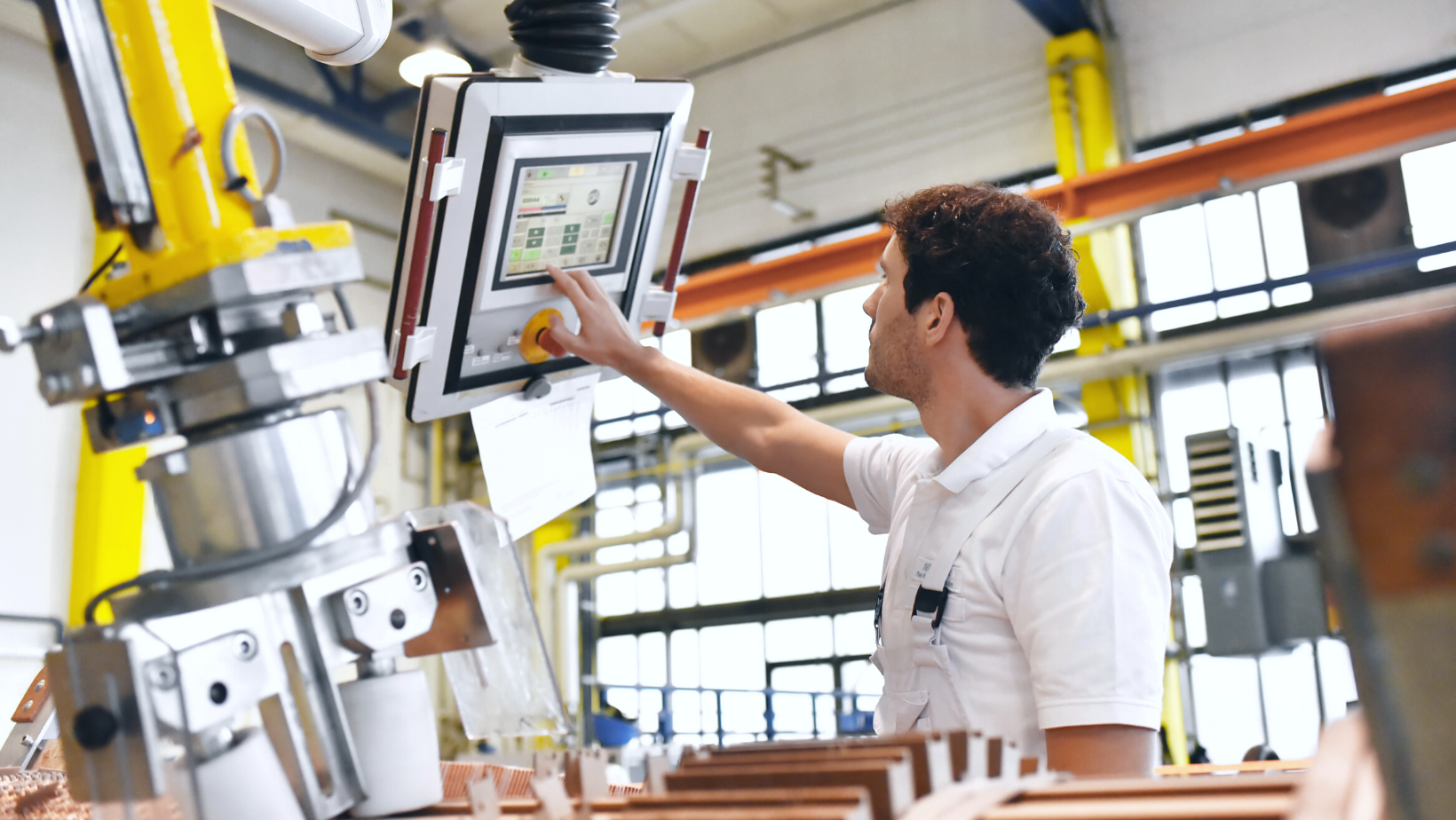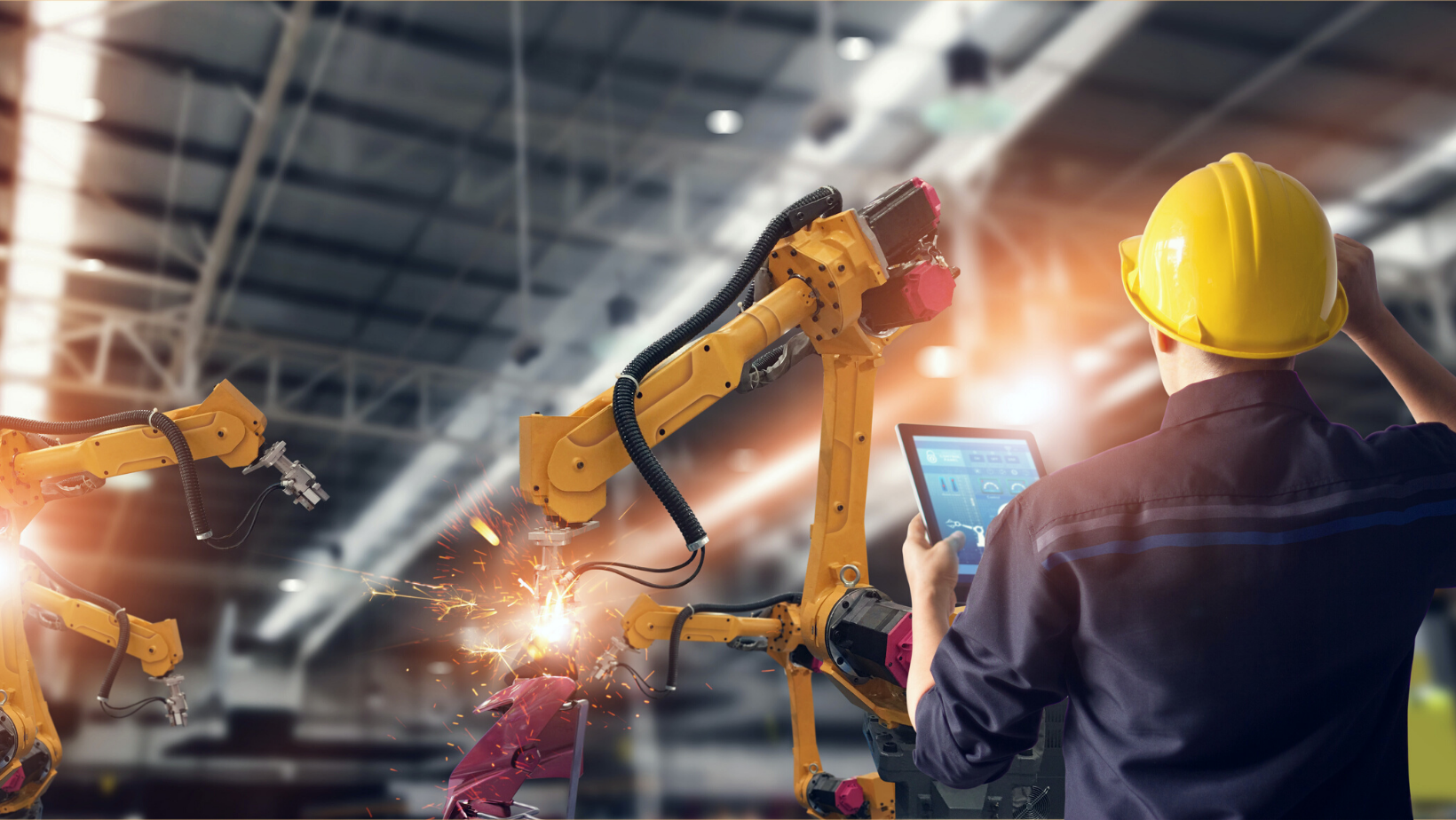How can simple automation aid manufacturing operators?
Even the most simplistic task can be aided through automation. In manufacturing, operators often have to complete repetitive and time-consuming...
4 min read
Nevatio Team
May 10, 2022 11:52:58 AM

Even the most simplistic task can be aided through automation. In manufacturing, operators often have to complete repetitive and time-consuming tasks. This is where simple automation can play a role by speeding up the process and improving accuracy. In some cases, it can even free up the operator to do other tasks. By implementing a few basic pieces of equipment and software, you can improve your manufacturing process.
In this blog post, we will discuss some of the ways that simple automation can help operators in a manufacturing setting. We will also look at some specific examples of how this automation can be implemented.
Fast-forward to today’s "new normal." We're now in the midst of a crisis that no one predicted, with firms now having to reconsider their operations, focus on remote working, and adapt their processes and workforce to regain and maintain business continuity.
This has prompted manufacturers across all industries to automate some or all of their operations, but others are turning their attention to integrating automated procedures into their company's business management system in order to save money, generate revenue, or both.
Since March 2021, consumer spending in the United States has been on the rise, resulting in previously unseen inventory changes at warehouses and distribution centers (DC).
Even if spending slows or levels out, billions of dollars worth of goods must be processed, stored, and routed across numerous supply chain touchpoints. As a result, logistics providers have been looking at new ways to improve both inbound and outbound delivery velocity while testing innovative inventory management techniques.
The majority of people take the prudent first step of going paperless. They simply want to digitize data and make some forms, reports, and manuals available on mobile devices or PCs.
For others, the emphasis is on replacing outdated hardware and software with contemporary touchscreen mobile computers and warehouse management systems (WMS) that allow them to leave the "green screen" behind once and for all.
At the end of the day, the consensus seems to be that industrial automation is the most effective way to make the efficiency gains needed to keep up with consumers' spending frequency - even among small and medium-sized businesses (SMBs).
Manufacturing companies are looking for ways to stay up on warehouse developments and be able to find bottlenecks in their workflow. They understand that any problem with warehouse operations may have a cascading effect on other in-house activities and supply chain procedures, both upstream and downstream. As a result, reducing operational blockages and delays is a high priority for them.
But, is automation the answer to warehouse workers' main challenges? Without a doubt. In fact, some people think that automating nearly everything may solve almost every problem.
In essence, manufacturing automation is the choreographing of tasks and information so that they can travel to the right person at the correct time, allowing them to contribute with excellence.
It does not have to be anything huge. In fact, some of the most successful automation initiatives are those that place a premium on simplicity - in terms of system architecture, worker monitoring, onboarding, management, and user-friendliness.
By providing employees with mobile computers that could automate accuracy verifications, manufacturing engineers can help manufacturing companies cut down on the number of mistakes.
In this case, manufacturing companies do not have any robots or other "automation" technologies online (via the IoT). However, they have mobile computers with software tools that may quickly deliver specific information in order to speed up - or automate - decisions
Another example of simple automation is the use of RFID technology. Using radio frequency identification (RFID) sleds to turn workers' mobile computers into RFID readers may practically automate inventory counts and most certainly replenishment orders.
Lift-assist devices can help operators take the strain out of tasks by reducing overall weight and easing movement. Some types of lifts include hydraulic, air, chain, crane, and portable units.
These tools also assist businesses in reducing workplace injuries and providing employees more freedom. A position that required two people may now be done by only one person. Requirements for employment may change as a result of these devices.
End of Arm Tooling Robots, or EOATs, are robotic devices that are attached to the end of an industrial robot arm. They are used to grip, hold, and manipulate objects during automated processes.
End of arm tooling (EOAT) is a key component of robotic technology. It refers to the equipment that interacts with parts and components at the end of a robot arm, for example. A robotic welding system's welder, for example.
At Nevatio Engineering we know how to build machines and we know how to automate them. Our team is compressed of manufacturing engineering experts who will work with you every step of the way, from design through installation, so your project is completed on time and within budget.
Automation can help increase productivity by up to 500%. It can also reduce costs by as much as 80% when compared with manual labor. And it’s not just about saving money – automation makes workers safer too! You can rest easy knowing that our experienced engineering team will get your job done right the first time around.
So what are you waiting for? Get started today!
Nevatio Engineering is an agile design and engineering consulting team capable of on-demand mechanical and electrical engineering, functional prototyping, engineering documentation, and machine retrofits. We are experts in machine design, special devices, industrial products, jigs and fixtures, plus automation and controls. Our added knowledge in industry design standards such as ASME, ANSI, ISO, NFPA, NEC and BS allows us to quickly integrate our services with your existing standard design processes, keeping your resources free from unnecessary rework.
We specialize in helping industry leaders solve difficult engineering and design problems. Our mission is to empower our clients with the tools and skills necessary to create solutions to their technical problems. With our expertise, clients can address any technical design problems that stand in their way.
We believe in being consistent with our deliveries. This means that we are always on time and able to work for your business needs, no matter what they may be.

Even the most simplistic task can be aided through automation. In manufacturing, operators often have to complete repetitive and time-consuming...

Having industrial automation is a necessity, but there's a lot of gray area when it comes to calculating the benefits. And part of that gray area is...

As industries move towards the fourth industrial revolution, more and more emphasis is being put on machine-to-machine (M2M) integration. This refers...